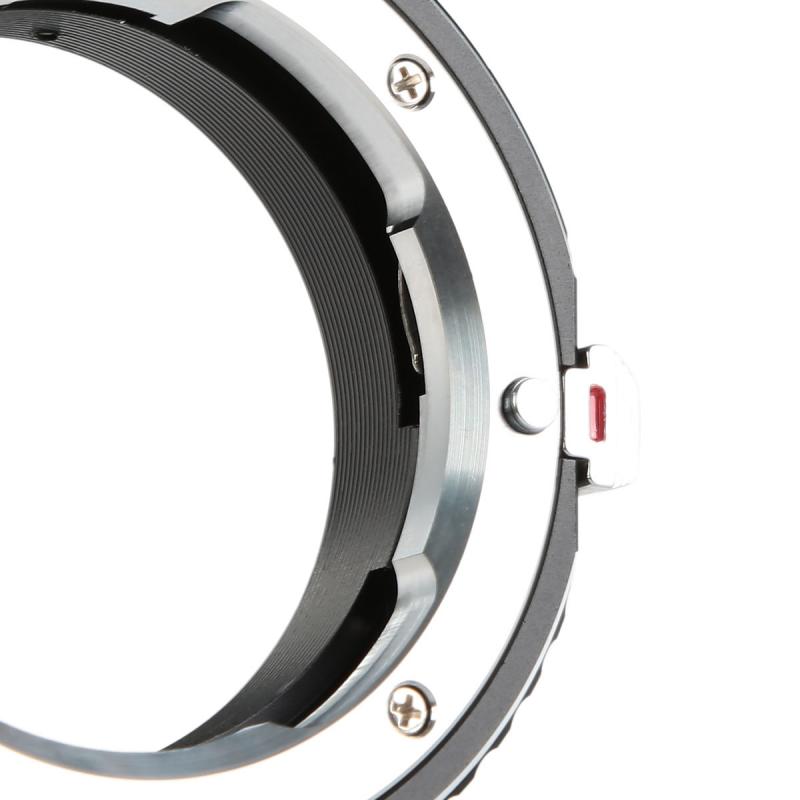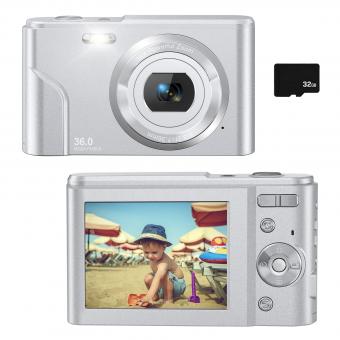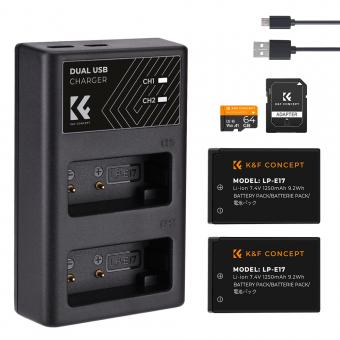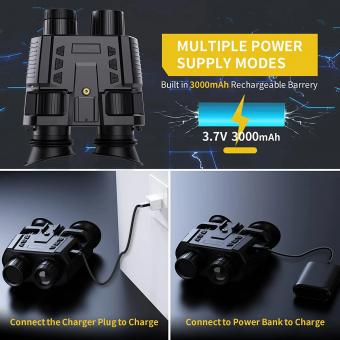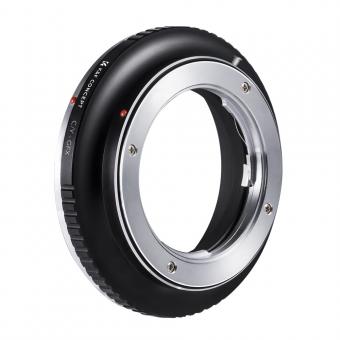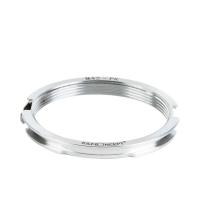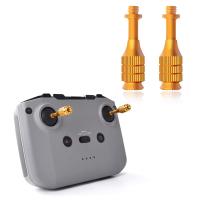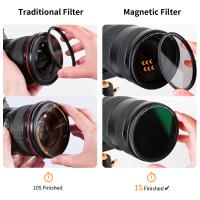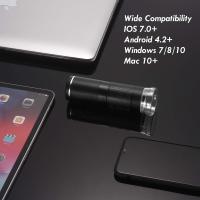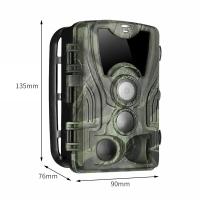Can Smartphone Replace Digital Camera ?
Yes, smartphones have the capability to replace digital cameras for many people. With advancements in technology, smartphones now come equipped with high-quality cameras that can capture professional-grade photos and videos. They offer convenience by eliminating the need to carry a separate device for photography. Additionally, smartphones provide instant access to editing tools and various photography apps, making it easier to enhance and share images. However, it is important to note that dedicated digital cameras still have advantages in terms of image quality, optical zoom capabilities, and specialized features for professional photographers. Ultimately, the decision to replace a digital camera with a smartphone depends on individual needs and preferences.
1、 Image quality: Smartphone cameras have improved but still lag behind.
Can smartphone replace digital camera? The answer to this question depends on various factors, but one crucial aspect to consider is image quality. While smartphone cameras have improved significantly over the years, they still lag behind dedicated digital cameras in terms of image quality.
Digital cameras are designed specifically for capturing high-quality images. They have larger sensors, which allow for better light sensitivity and improved dynamic range. This results in sharper, more detailed images with less noise, especially in low-light conditions. Additionally, digital cameras often offer manual controls, allowing photographers to have more control over settings such as aperture, shutter speed, and ISO.
On the other hand, smartphone cameras are designed for convenience and portability. They have smaller sensors, which limits their ability to capture as much light and detail as digital cameras. While smartphone manufacturers have made significant advancements in image processing algorithms, they still cannot match the image quality produced by dedicated digital cameras.
However, it is important to note that the gap between smartphone cameras and digital cameras is narrowing. Some high-end smartphones now feature larger sensors and multiple lenses, which can improve image quality. Additionally, advancements in computational photography, such as the use of artificial intelligence and machine learning, have allowed smartphones to produce impressive results in certain conditions.
Ultimately, whether a smartphone can replace a digital camera depends on the specific needs and preferences of the user. For casual photography and sharing images on social media, smartphone cameras are more than sufficient. However, for professional photographers or those who prioritize image quality, a dedicated digital camera is still the preferred choice.
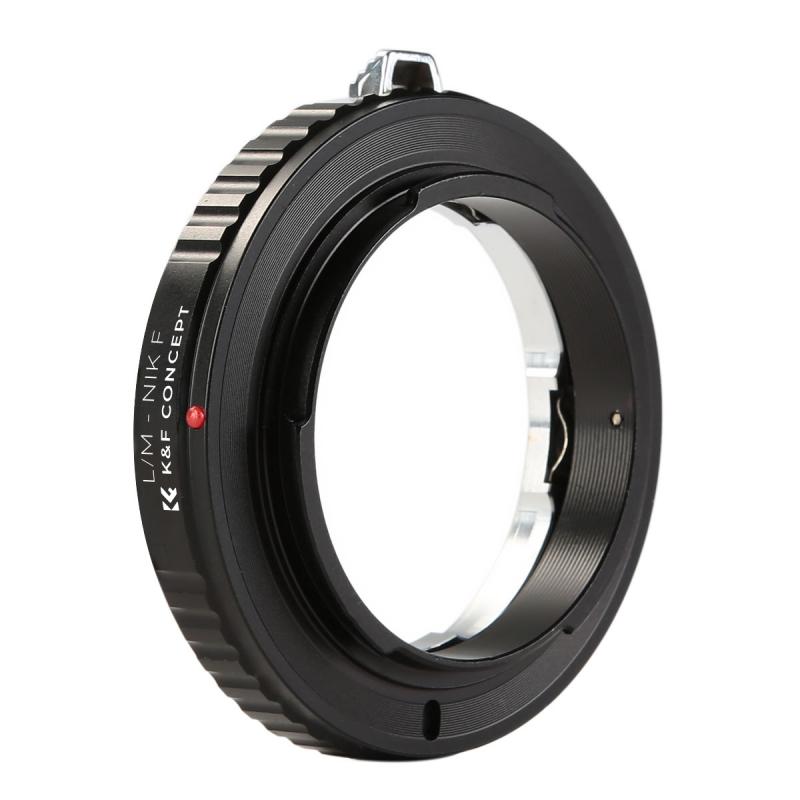
2、 Versatility: Smartphones offer a wide range of photography options.
Versatility: Smartphones offer a wide range of photography options. With the advancements in smartphone technology, the cameras on these devices have become increasingly powerful and sophisticated. They now come equipped with multiple lenses, high-resolution sensors, and advanced image processing capabilities. This allows users to capture a variety of shots, from wide-angle landscapes to close-up portraits, without the need for additional equipment.
Moreover, smartphones offer a plethora of photography features and settings that can be easily accessed and adjusted with just a few taps on the screen. From manual controls to various shooting modes like HDR, panorama, and night mode, smartphones provide users with the flexibility to experiment and capture stunning images in different lighting conditions and environments.
Additionally, smartphones offer the convenience of instant sharing and editing. With just a few taps, users can edit their photos using a wide range of editing apps available on smartphones. These apps offer features like cropping, filters, and adjustments to enhance the image quality. Once edited, the photos can be instantly shared on social media platforms or sent to friends and family, eliminating the need for transferring files from a digital camera to a computer.
However, it is important to note that while smartphones offer a wide range of photography options, they still have limitations compared to dedicated digital cameras. Digital cameras often have larger sensors, which result in better image quality, especially in low-light conditions. They also offer more manual controls and interchangeable lenses, allowing photographers to have more control over their shots and achieve specific effects.
In conclusion, while smartphones have become increasingly versatile in terms of photography options, they may not completely replace digital cameras, especially for professional photographers or those who require the highest image quality. However, for the average user, smartphones offer a convenient and capable alternative to digital cameras, providing a wide range of features and the ability to capture and share high-quality images with ease.
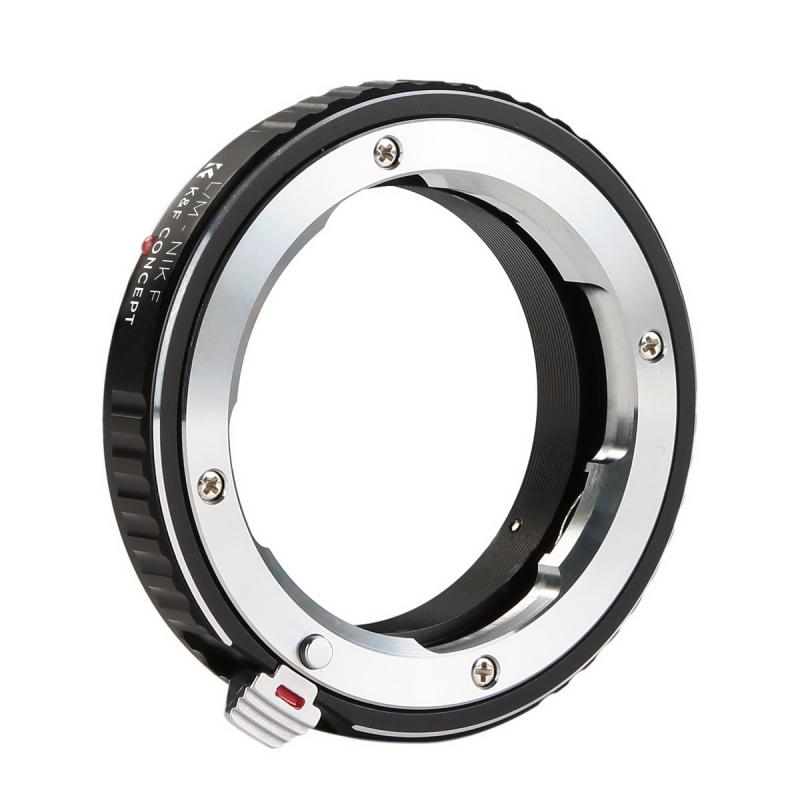
3、 Manual controls: Digital cameras provide more advanced settings for customization.
Can smartphones replace digital cameras? This question has been debated for years, and while smartphones have made significant advancements in camera technology, there are still some areas where digital cameras excel.
One of the key advantages of digital cameras over smartphones is the availability of manual controls. Digital cameras provide more advanced settings for customization, allowing photographers to have greater control over their images. These manual controls include options such as aperture, shutter speed, ISO, and white balance adjustments. These settings allow photographers to experiment with different techniques and achieve desired effects that may not be possible with a smartphone camera.
However, it is important to note that smartphone cameras have come a long way in recent years. Many smartphones now offer manual control options, allowing users to adjust settings like exposure compensation and focus manually. Additionally, smartphone camera apps often come with various filters and editing tools that can enhance the final image.
Another advantage of digital cameras is the ability to use interchangeable lenses. Different lenses offer different focal lengths, allowing photographers to capture a wide range of subjects, from landscapes to portraits. While some smartphones now offer multiple lenses, they are still limited in comparison to the variety of lenses available for digital cameras.
In terms of image quality, digital cameras generally have larger image sensors than smartphones. Larger sensors allow for better low-light performance, reduced noise, and increased dynamic range. However, smartphone manufacturers have been working to improve image quality by incorporating larger sensors and advanced computational photography techniques.
In conclusion, while smartphones have made significant strides in camera technology, digital cameras still offer advantages in terms of manual controls and lens options. However, it is worth noting that smartphone cameras continue to improve, and for many casual photographers, they may be sufficient for their needs. Ultimately, the choice between a smartphone and a digital camera depends on the individual's photography goals and preferences.
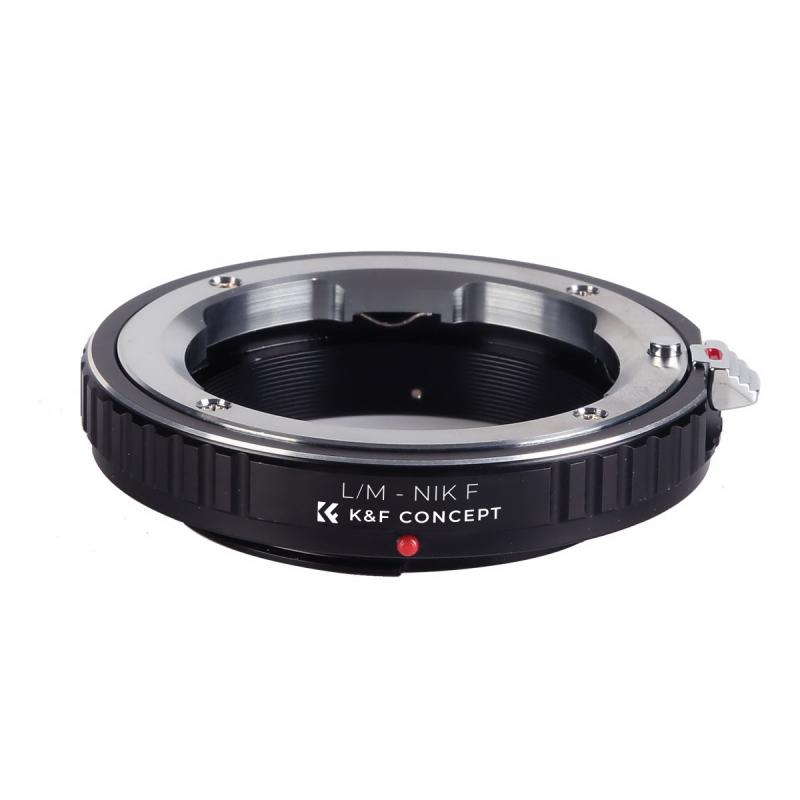
4、 Optical zoom: Digital cameras offer superior zoom capabilities.
Can a smartphone replace a digital camera? The answer to this question is not a simple yes or no. While smartphones have made significant advancements in camera technology, there are still certain areas where digital cameras excel.
One such area is optical zoom. Digital cameras offer superior zoom capabilities compared to smartphones. Optical zoom uses the camera's lens to physically zoom in on the subject, resulting in higher quality and more detailed images. On the other hand, smartphones typically rely on digital zoom, which simply enlarges the image digitally, resulting in a loss of quality.
However, it is important to note that smartphone cameras have come a long way in recent years. Many flagship smartphones now offer multiple lenses, including telephoto lenses, which provide optical zoom capabilities. These smartphones can produce impressive zoomed-in shots that rival those of digital cameras.
Additionally, smartphone cameras have the advantage of convenience and portability. Most people carry their smartphones with them at all times, making it easy to capture spontaneous moments. Digital cameras, on the other hand, are bulkier and require a separate bag or case to carry around.
Furthermore, smartphone cameras have seen significant advancements in image processing software. Features like computational photography and artificial intelligence algorithms have improved the overall image quality and capabilities of smartphone cameras. These advancements have made it possible to capture stunning photos with smartphones that were once only achievable with digital cameras.
In conclusion, while digital cameras still offer superior optical zoom capabilities, smartphones have made significant strides in camera technology. For everyday photography needs, smartphones are more than capable of replacing digital cameras. However, for professional photographers or those who require advanced zoom capabilities, digital cameras still have an edge.
